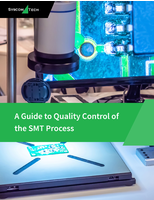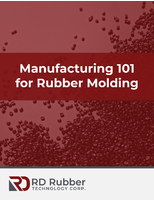Working on a Love/Hate Relationship with the Surface Chemistry of Membrane Filters

Water, oils, and solvents sometimes need to be filtered. But when you see filters labeled as hydrophilic, hydrophobic, and now oleophobic; what does all this mean? Sterlitech currently offers membrane disc and sheet filters in 10 different polymer types and 4 inorganic filters. 2 of the polymer types are subdivided into 4 subgroups based on surface chemistry alone.
Filters listed as hydrophilic, which has its origins in the Greek language and means water (hydro) loving (philos), love to get wet! Hydrophilic filters will easily pass water or water-based solutions such as dairy, river water, seawater, cell culture solutions, buffers, beverages, and many more. The filters best suited to handle these solutions are silver, ceramic, glass fiber, cellulose acetate, mixed cellulose ester (nitrocellulose), nylon, polyester, polycarbonate (PVP-treated), polyacrylonitrile (PAN), and PVDF. They can be used for almost any application that needs particle removal, clarification, cell harvesting, sterile filtration, or prefiltration.
In contrast, hydrophobic filters, water (hydro) fear/hatred (phobia), take a different approach. These filters will not allow water to easily pass due to their surface chemistry, water-based fluids will bead up on their surface. Sterlitech's current line of hydrophobic filters are the PVP-free polycarbonate, polypropylene, and PTFE. These filters will naturally repel water and most water-based solutions, but oils and most solvents will easily pass right through. This group of filters often find use in venting applications where air can pass through but water should remain behind, such as cell culture flasks, environmental sensors, acoustic devices, and fluid degassers.
So what is an oleophobic filter? These filters are quite unique and limited (at present) to our line of Aspire laminated PTFE filters. The surface chemistry of these filters repels water-based and solvent/oil-based liquids. They might be more aptly named omniphobic filters because they will repel just about anything! Fuels, alcohols, solvents, water, and nearly everything else will just bead up on their surface. These membranes find use in specialty venting applications that might see splashing from oils, solvents, or detergent-based aqueous solutions, such as electrical transformers, machined parts washing stations, and solvent/water mixtures.
While all of the "phobic" membranes will repel something, this repulsive force can usually be overcome with the application of sufficient pressure. So if the surface chemistry of a membrane might have an effect on your process or experiment, contact one of our knowledgeable sales reps at Sterlitech for guidance on choosing the best material or to answer questions on our membrane filters.
Sterlitech Corp.
22027 70th Ave. S.
Kent, WA 98032-1911
Phone: 253-437-0844
Contact:
Sterlitech Corporation
Sales Department
email: sales@sterlitech.com




